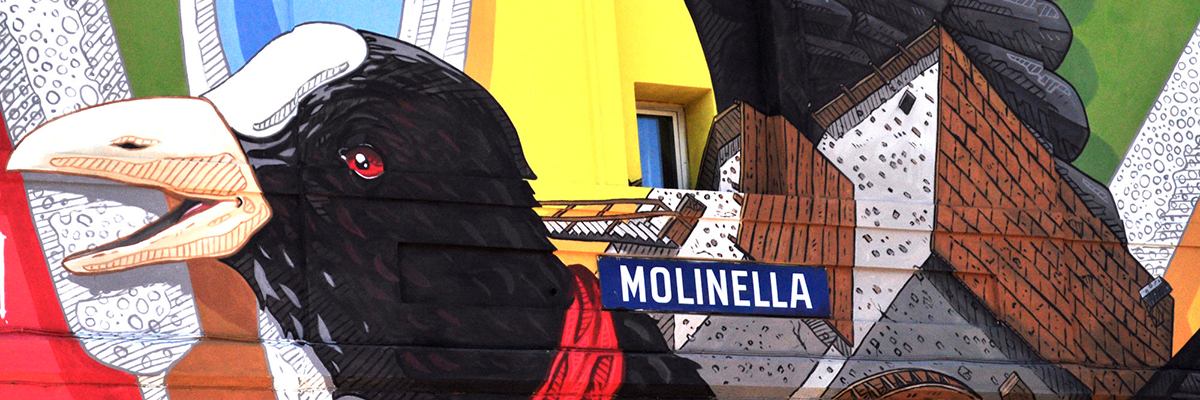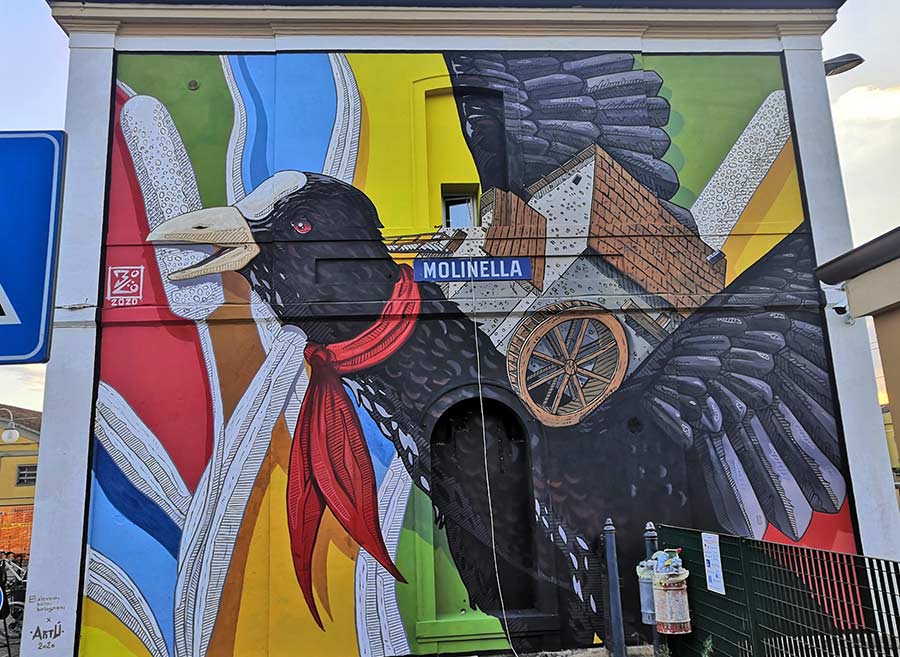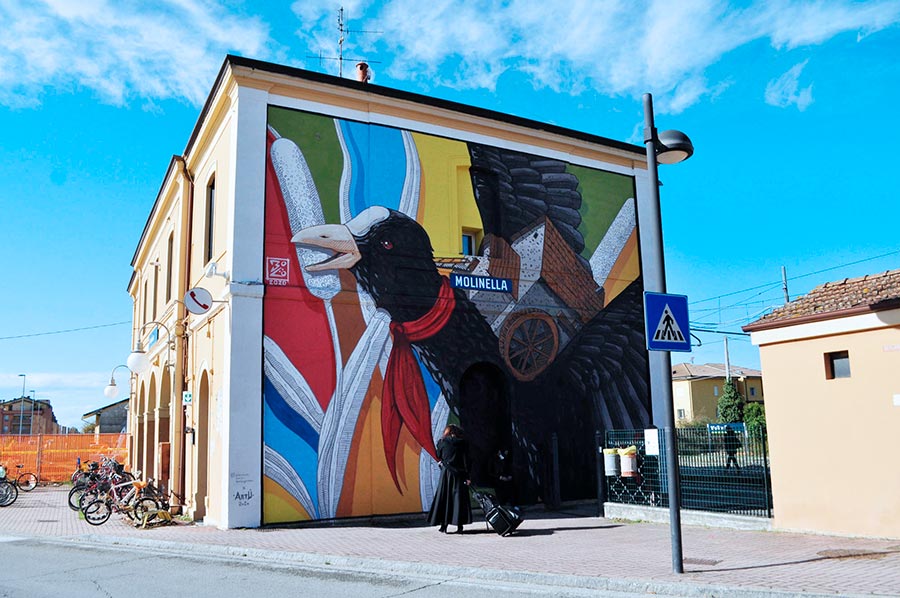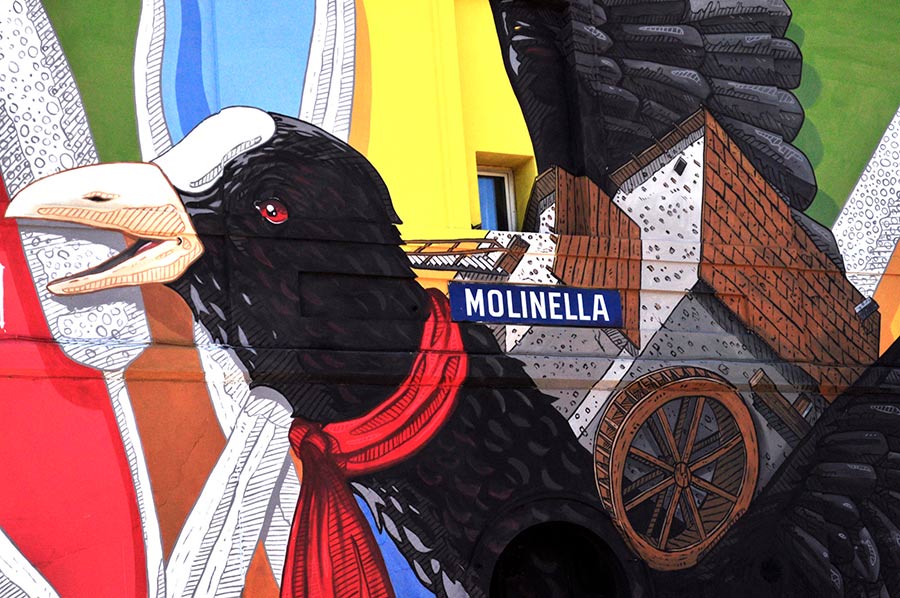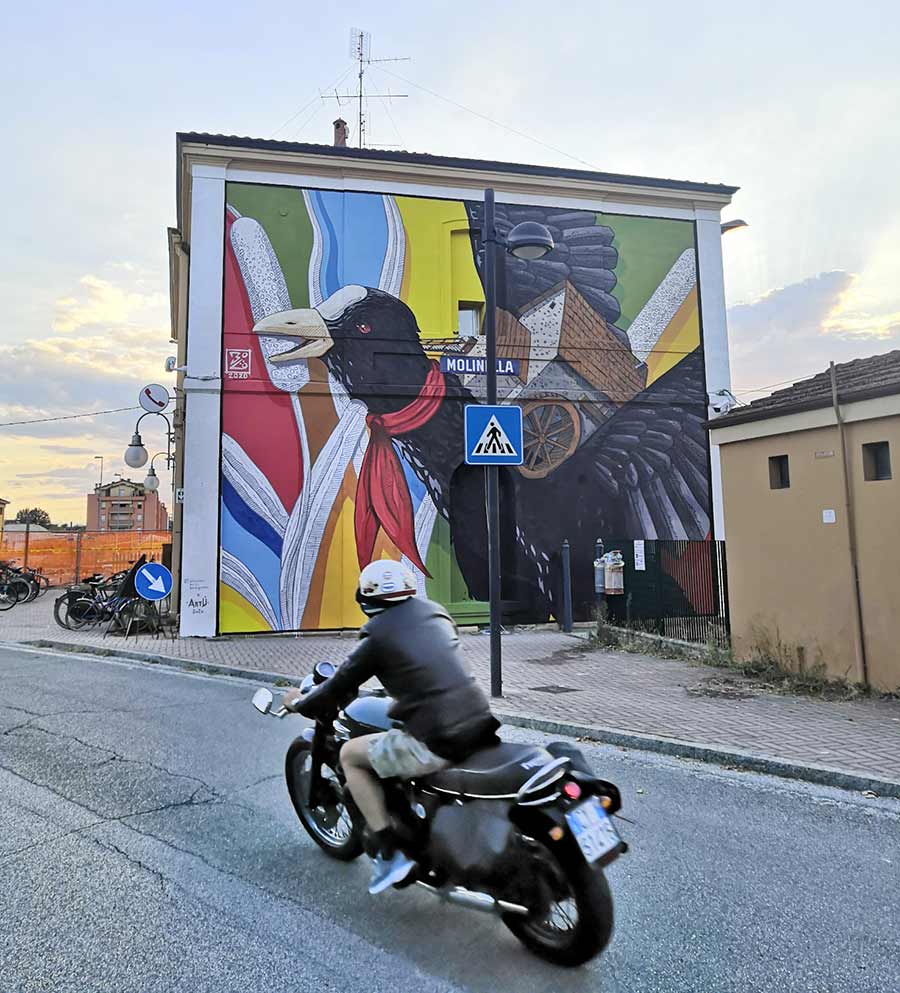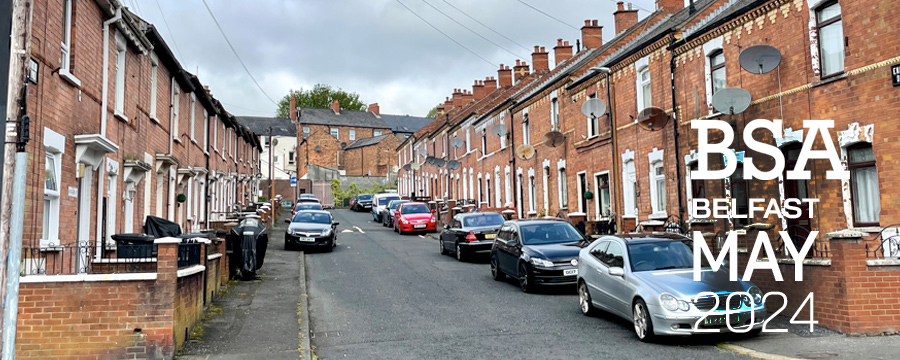
The Peace Walls in Belfast are a series of separation barriers erected during the Troubles, a period of conflict in Northern Ireland from the late 1960s to 1998. Constructed to separate predominantly Protestant and Catholic neighborhoods, these walls aimed to minimize inter-community violence and protect residents from attacks. Adorned with thousands of personal inscriptions from visitors, the Peace Walls stand as a poignant reminder of the city’s troubled past and a symbol of the ongoing journey toward peace and reconciliation.
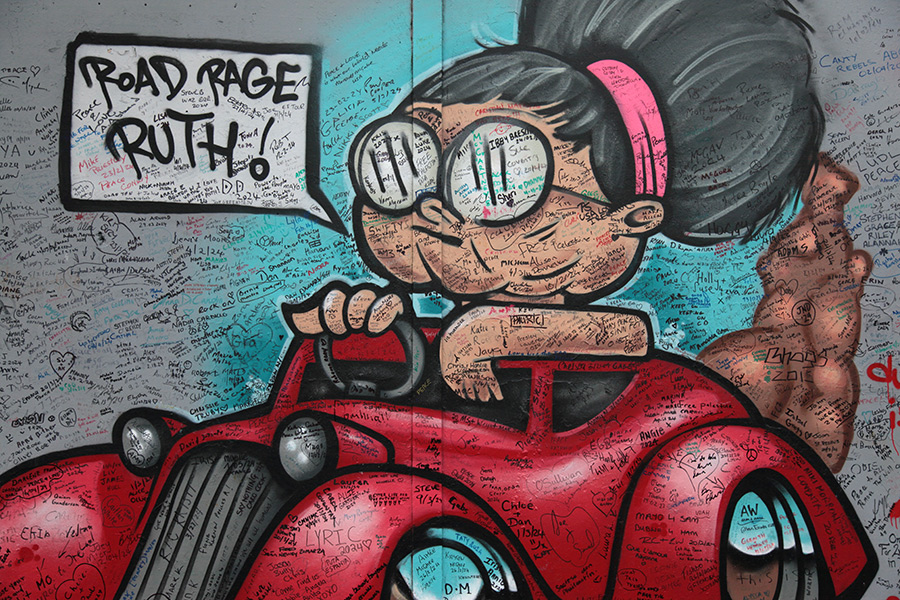
The first peace walls were built in 1969, following widespread violence. Initially intended as temporary structures, they became more permanent as the conflict persisted. Their primary purpose was to provide physical separation between communities in violent conflict, part of a broader effort to reduce the frequency and intensity of sectarian violence.
These walls vary in length and height, with roughly 100 segments totaling approximately 21 miles (34 kilometers). Over time, they have become canvases for murals and messages of peace. Locals and tourists have written messages on the walls, ranging from calls for peace and unity to personal reflections and political statements.
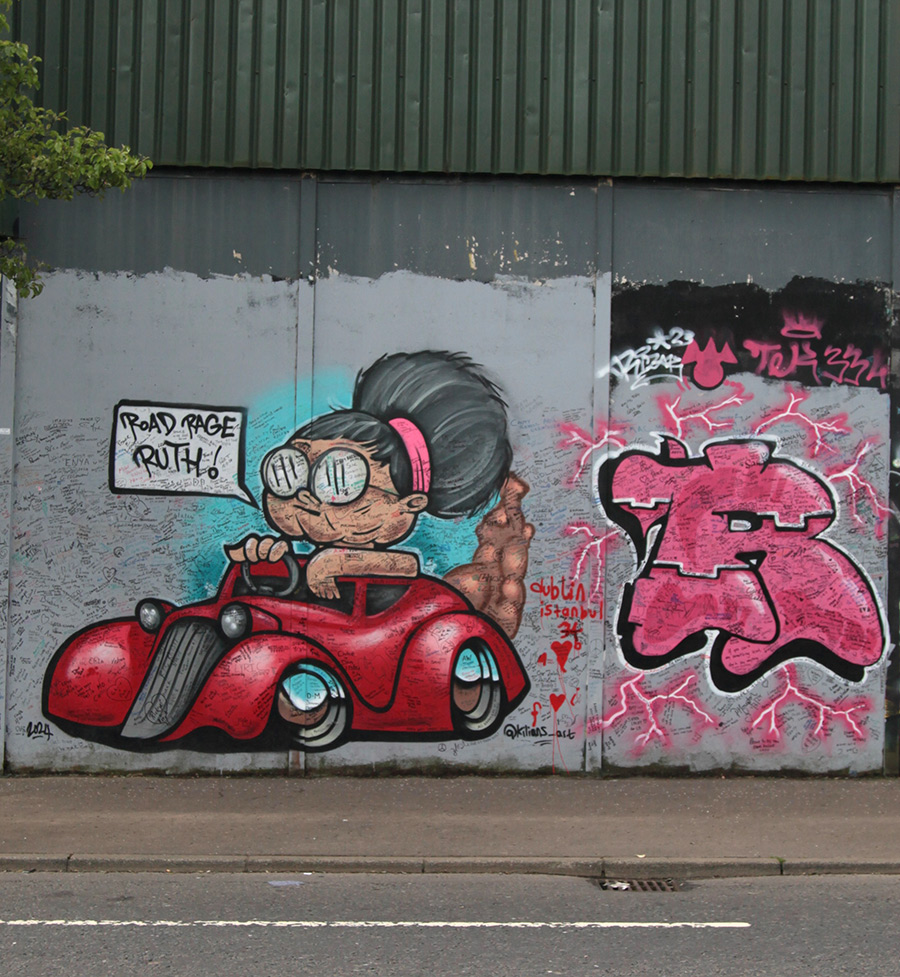
During our visits to the Peace Walls with our knowledgeable guide, Billy Scott, we had the opportunity to read many of these messages and reflect on the profound sentiments expressed. Sometimes, they are simply markers of pilgrimage; other times, the writers delve deep to express philosophical views and yearnings. With a backdrop of large graffiti pieces cradling these heartfelt or whimsical writings, visitors can be profoundly moved by our imperfect nature and global struggle to understand ourselves better.
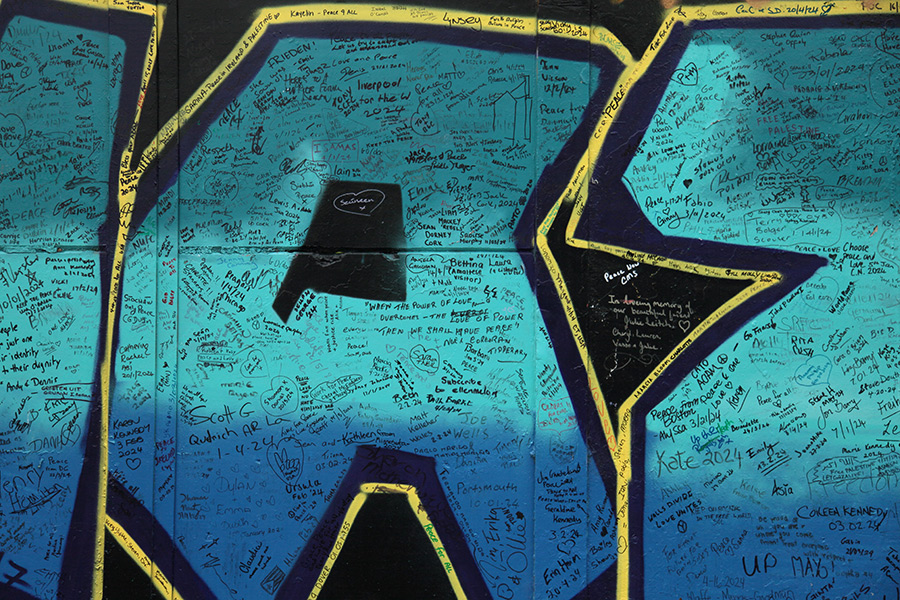
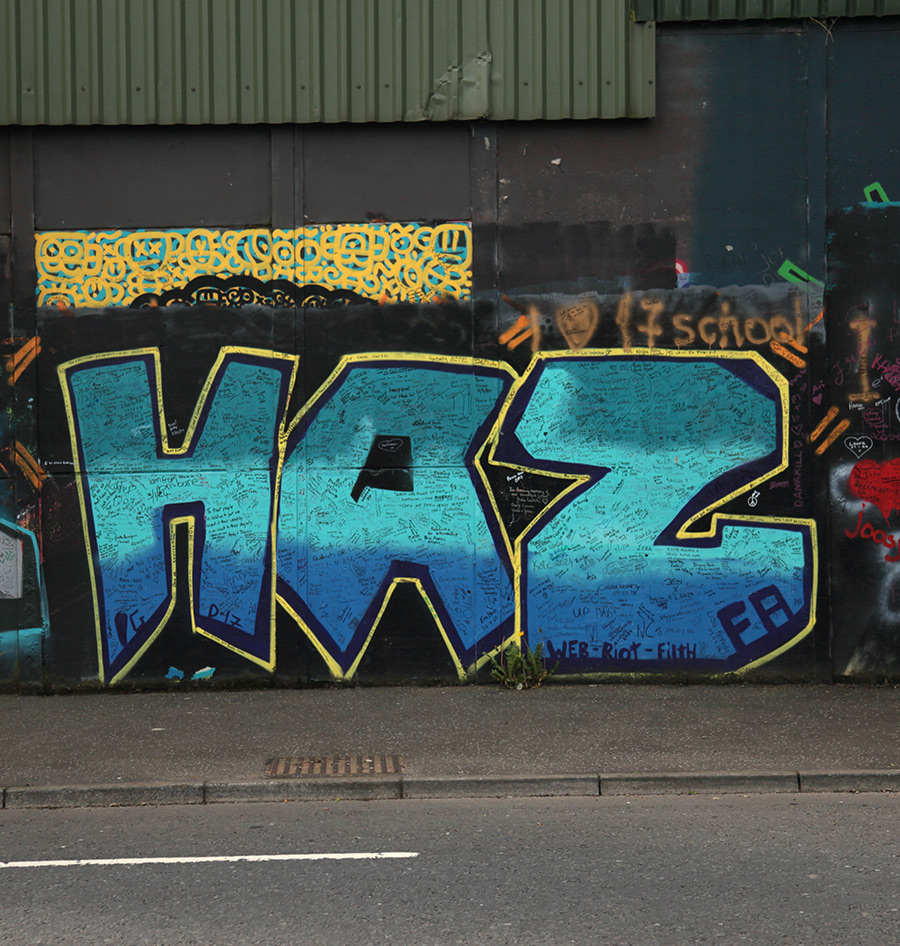
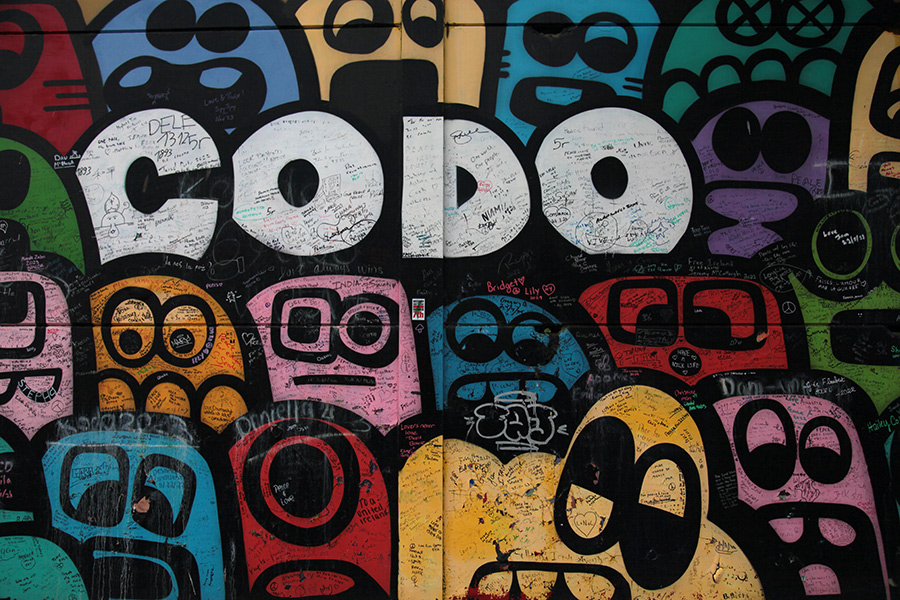
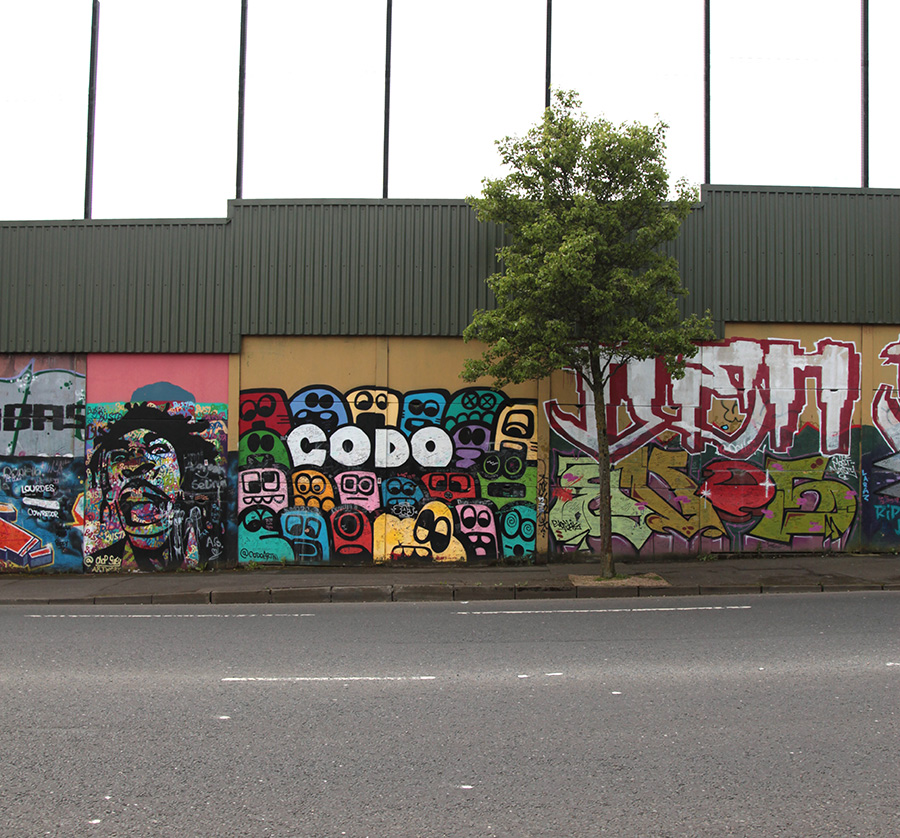
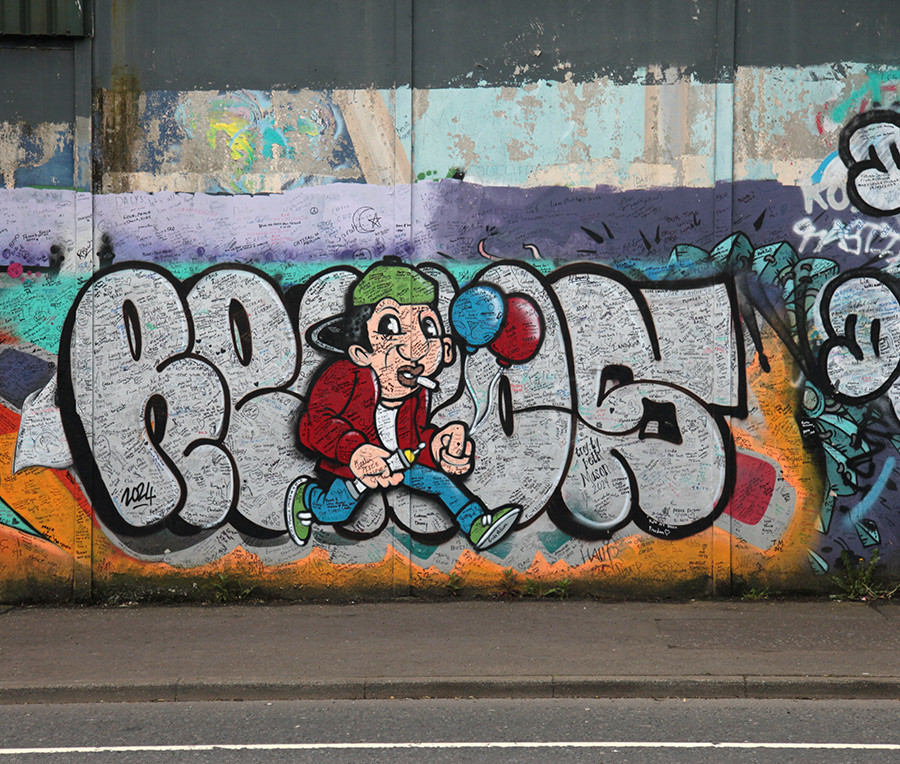
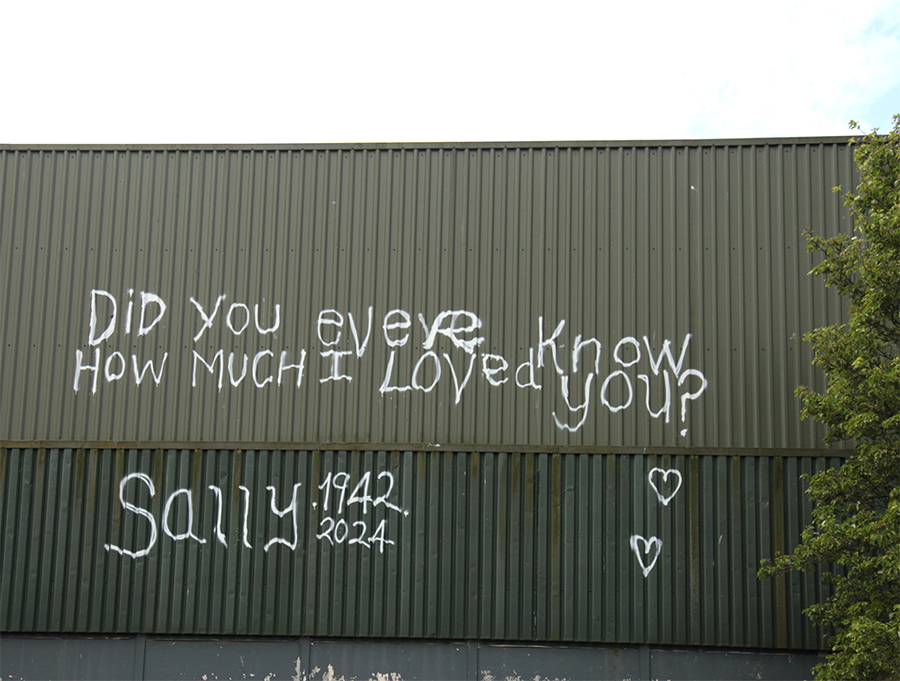
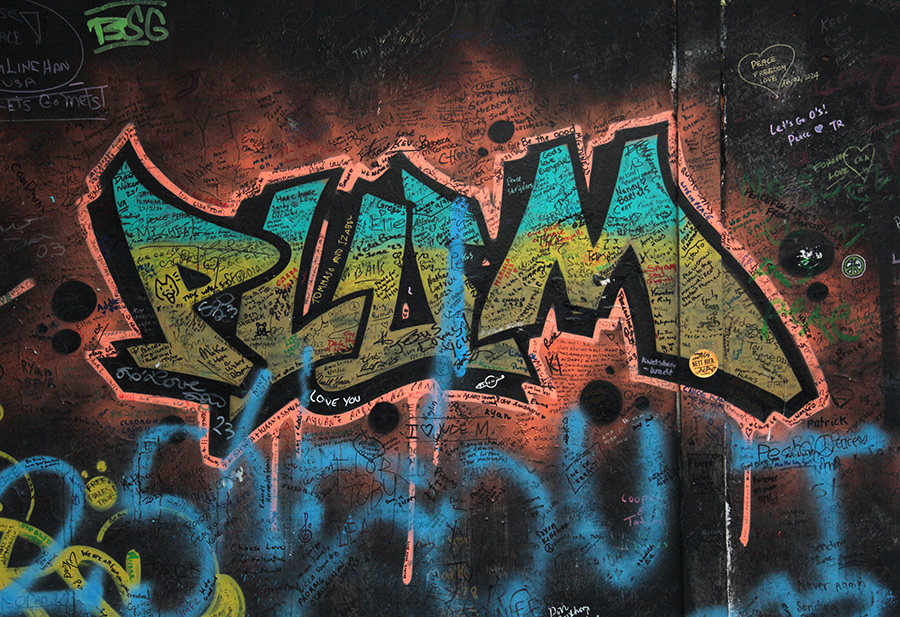
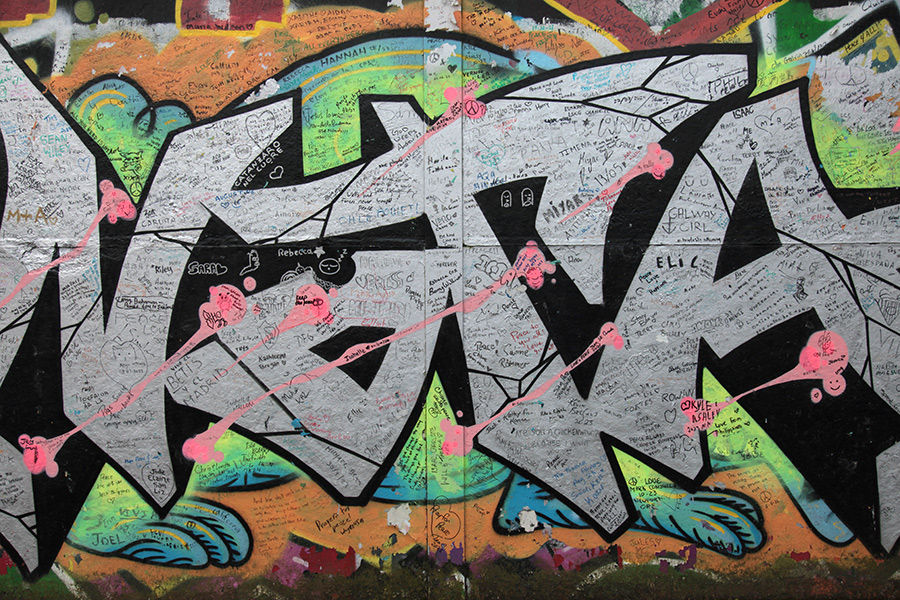
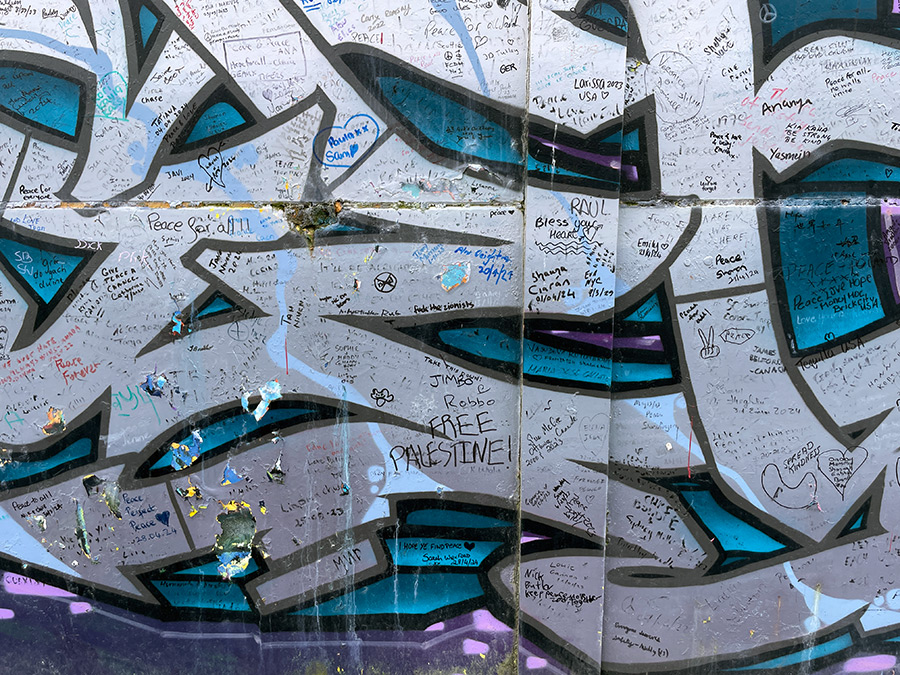
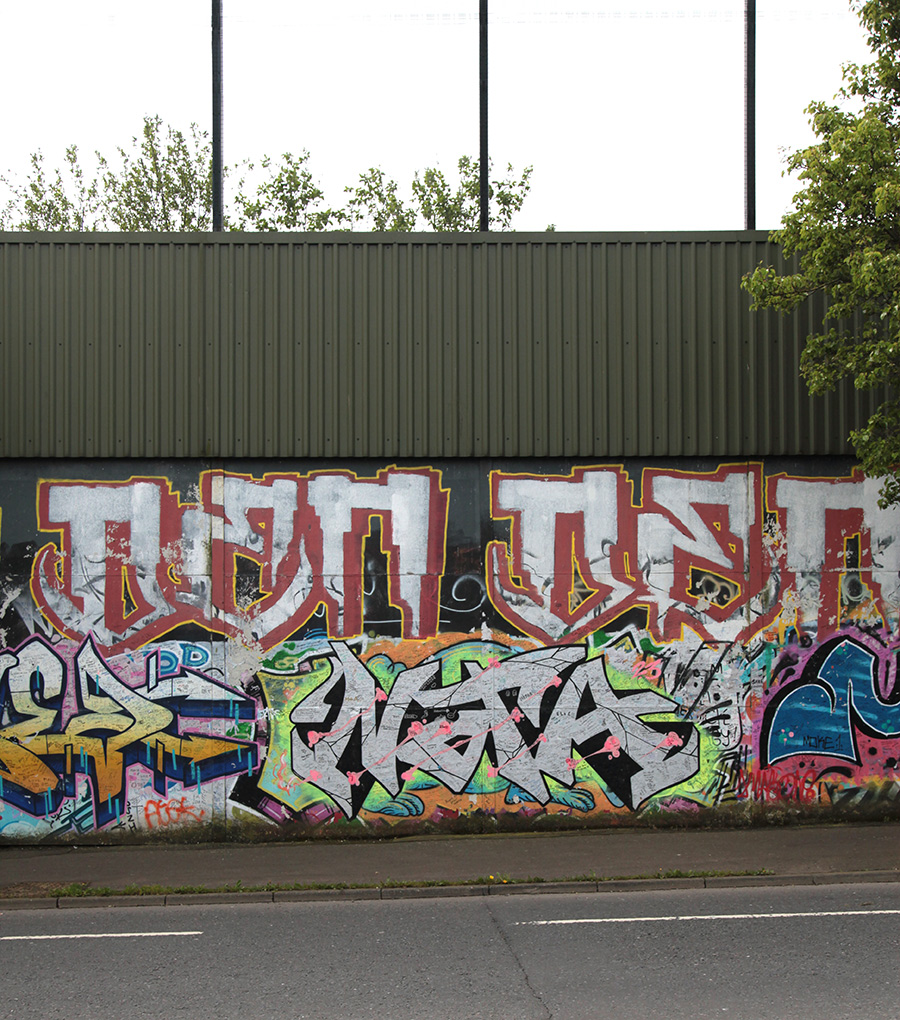
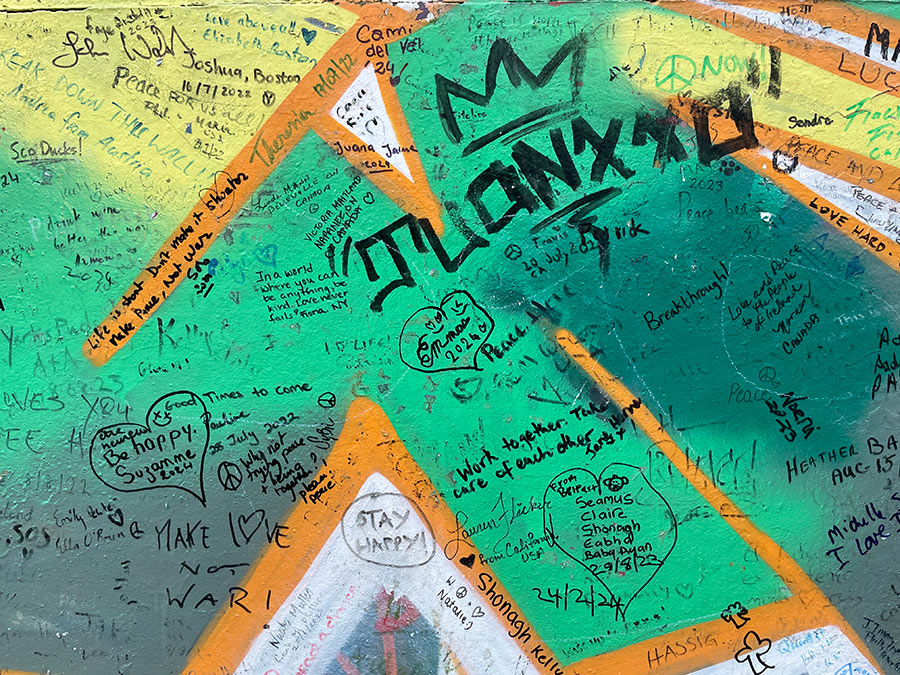
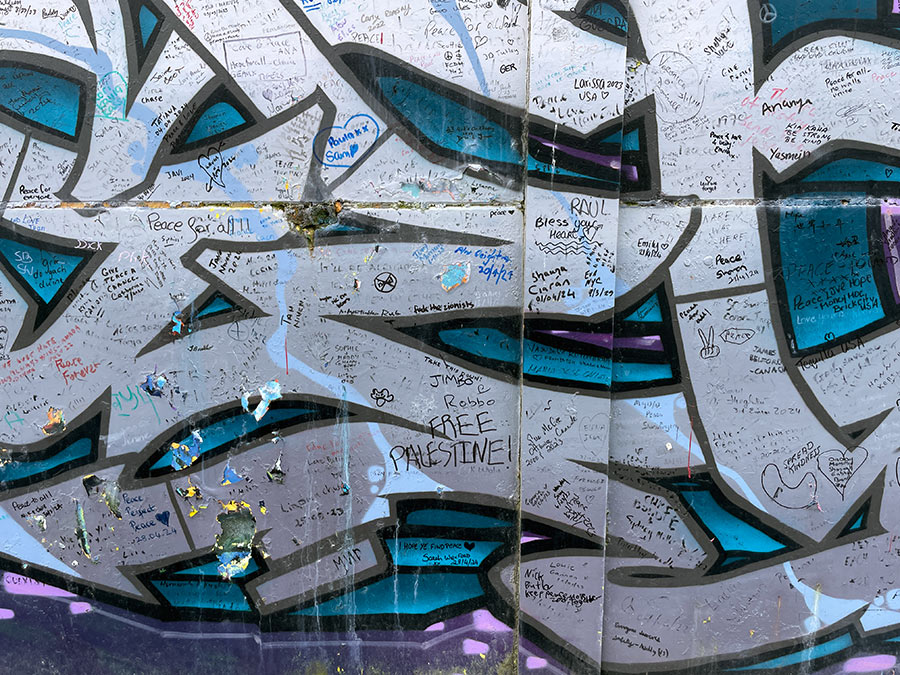
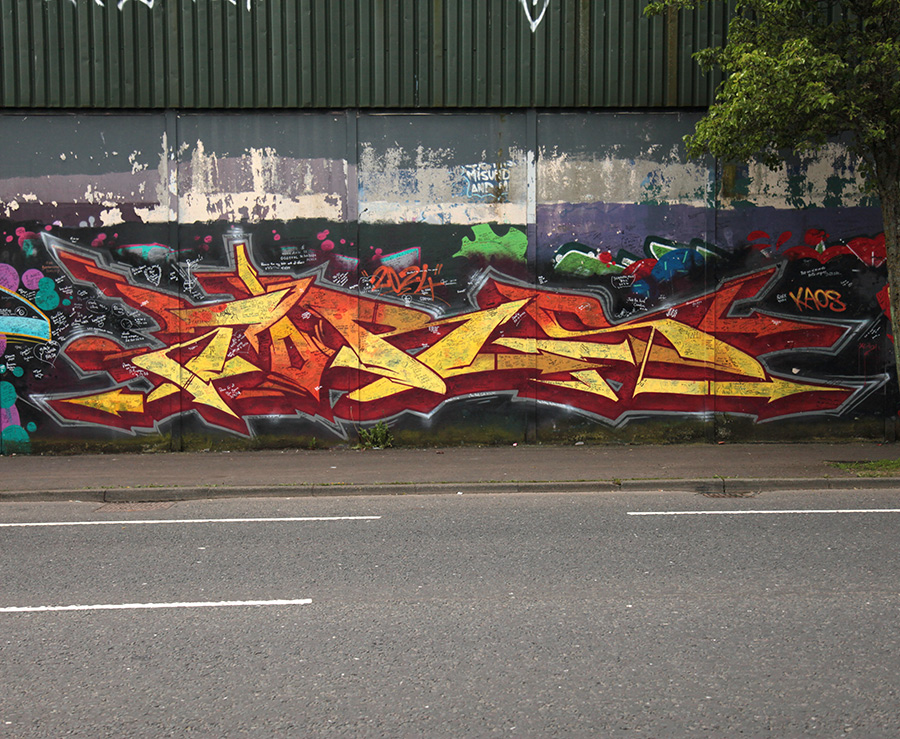
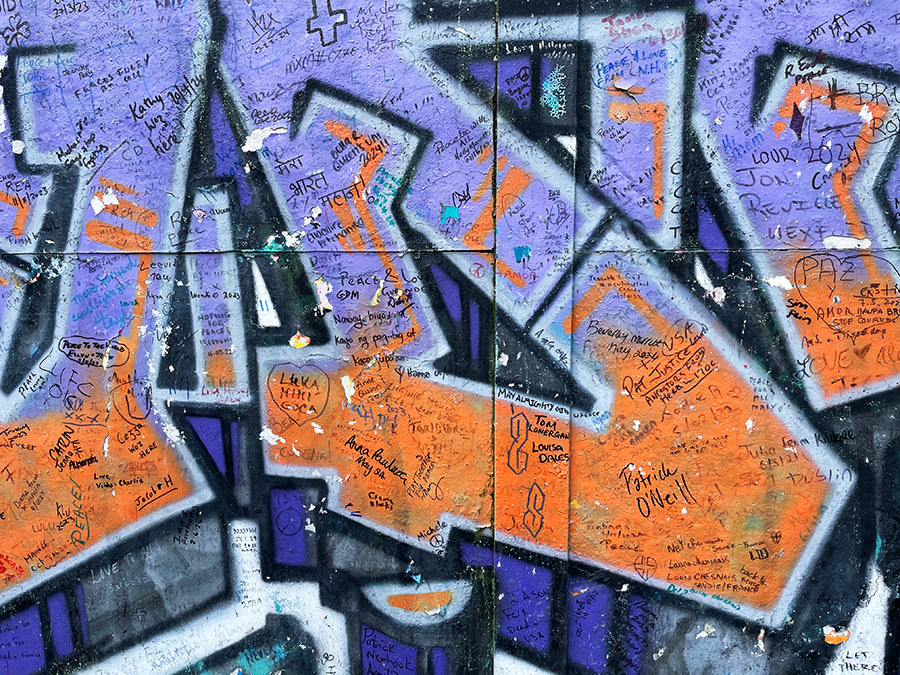
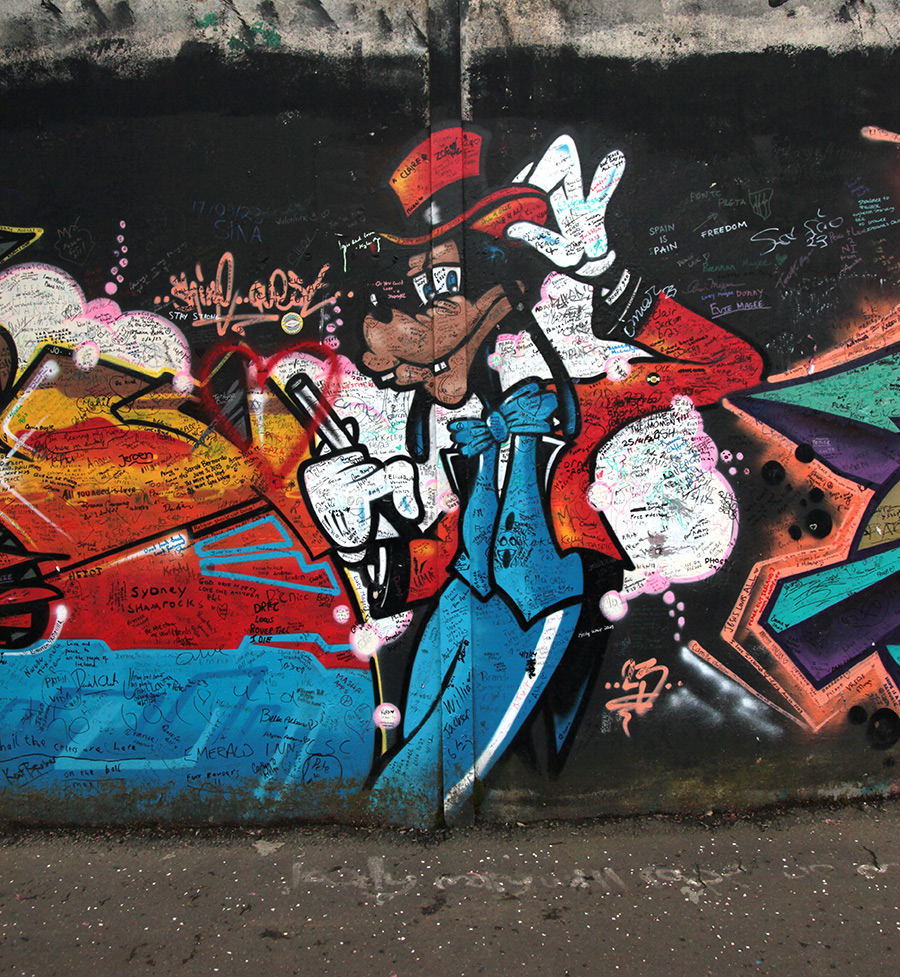
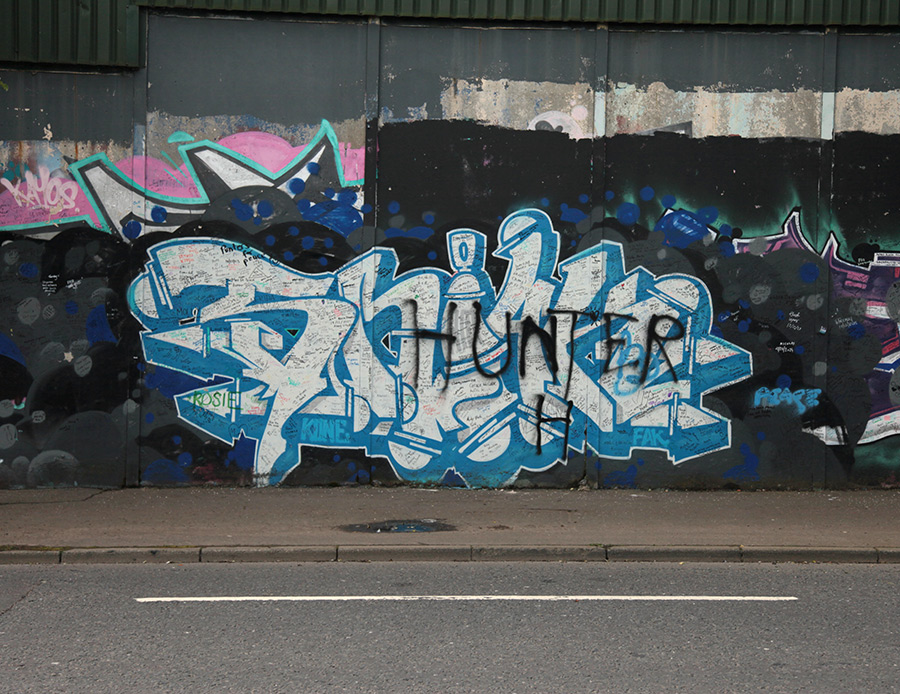
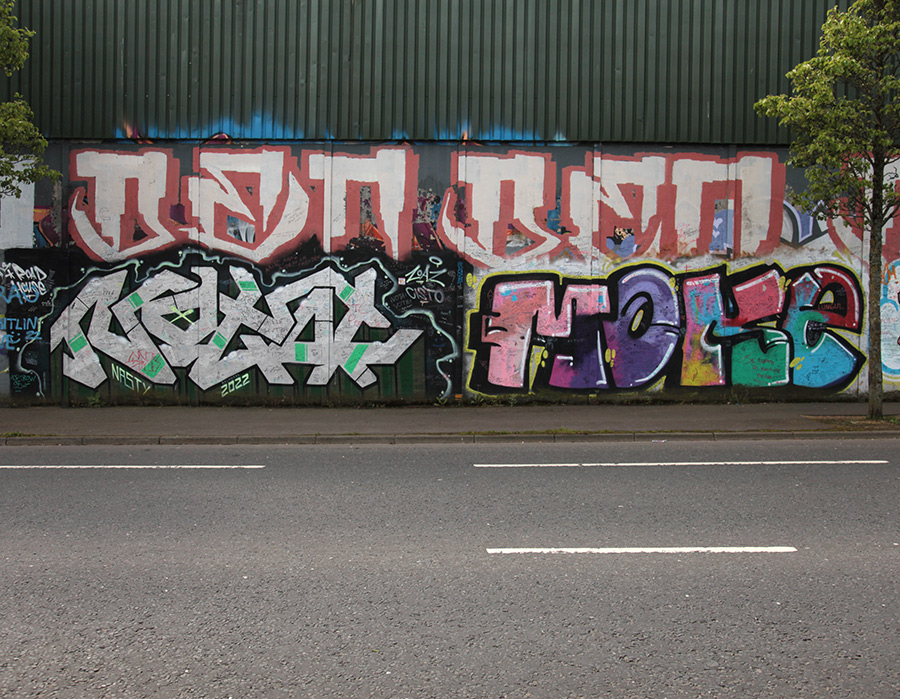
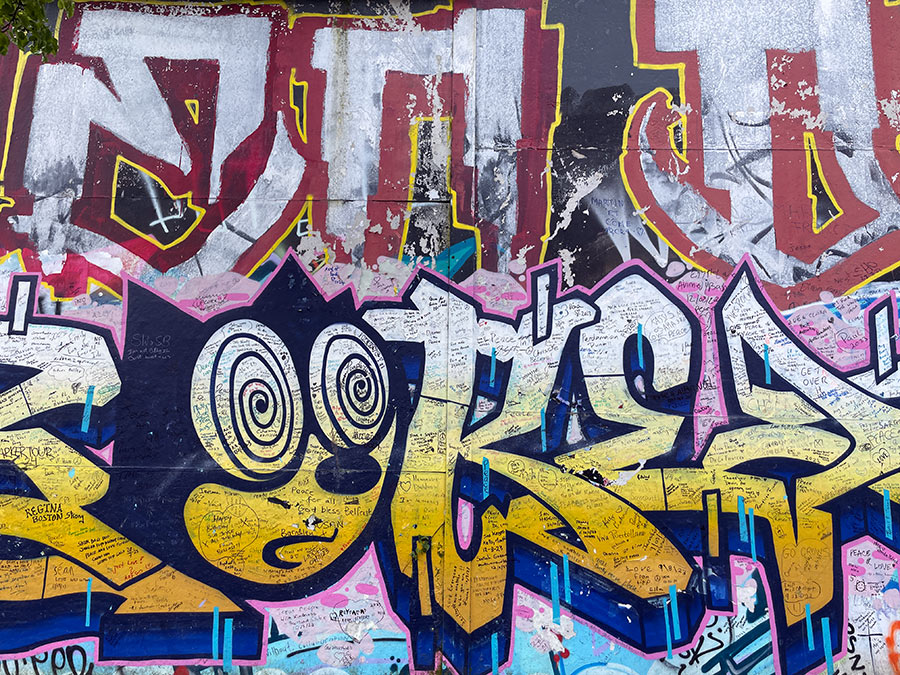
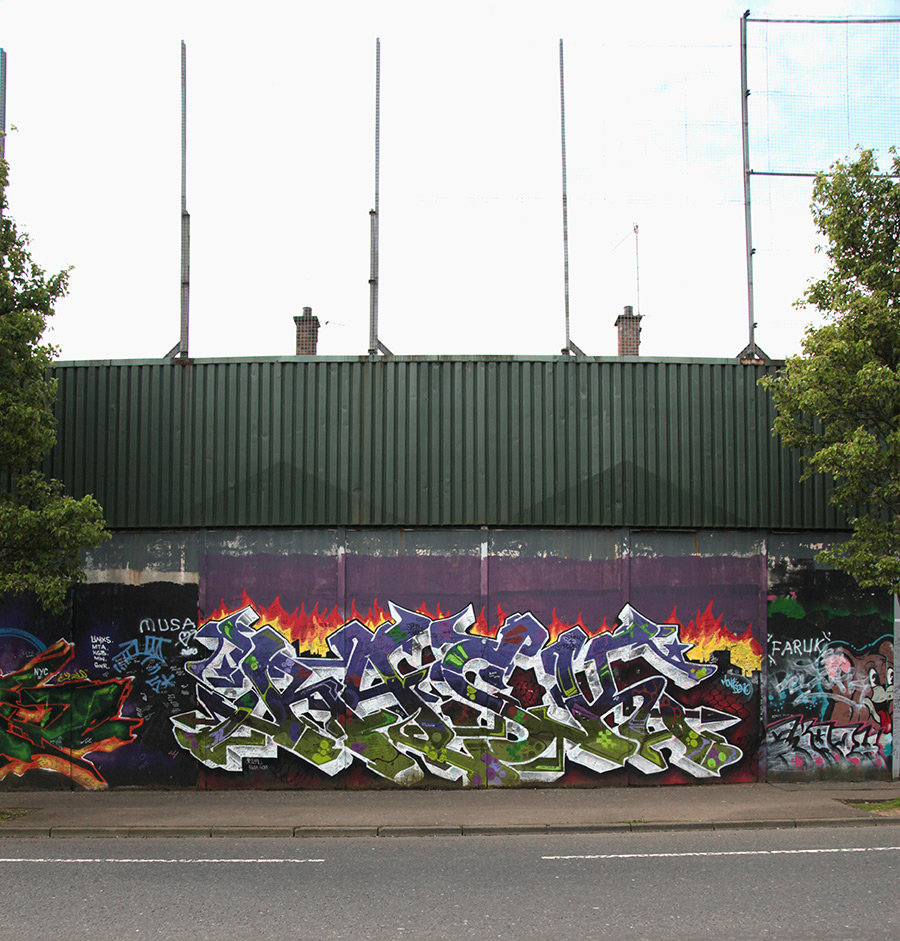

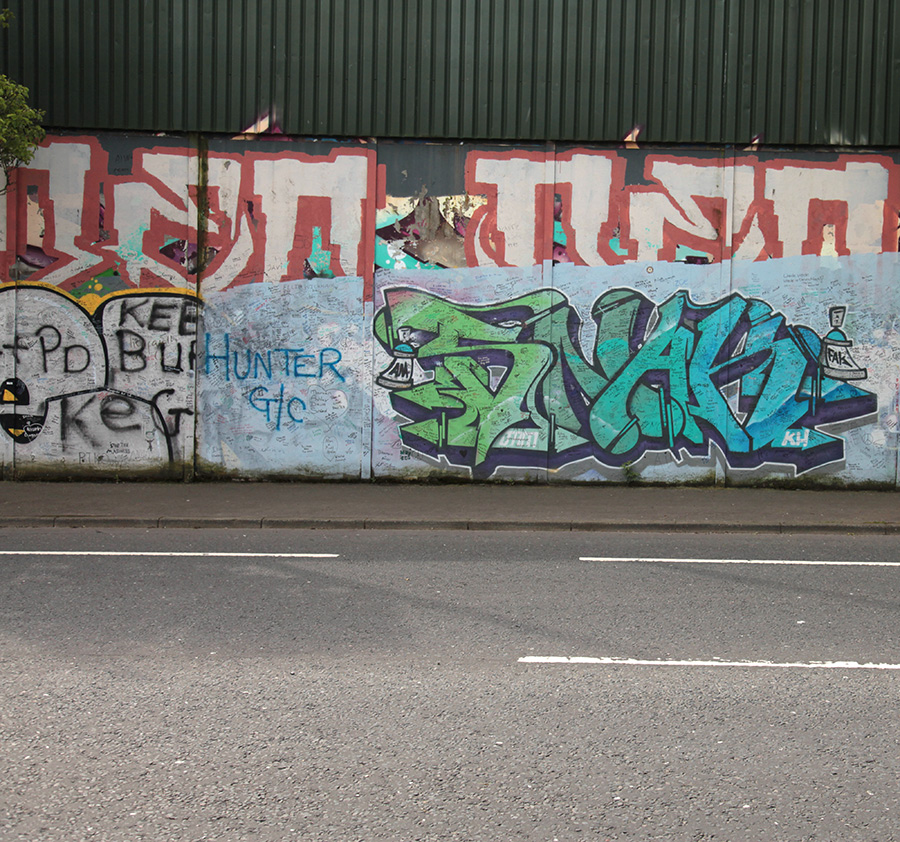
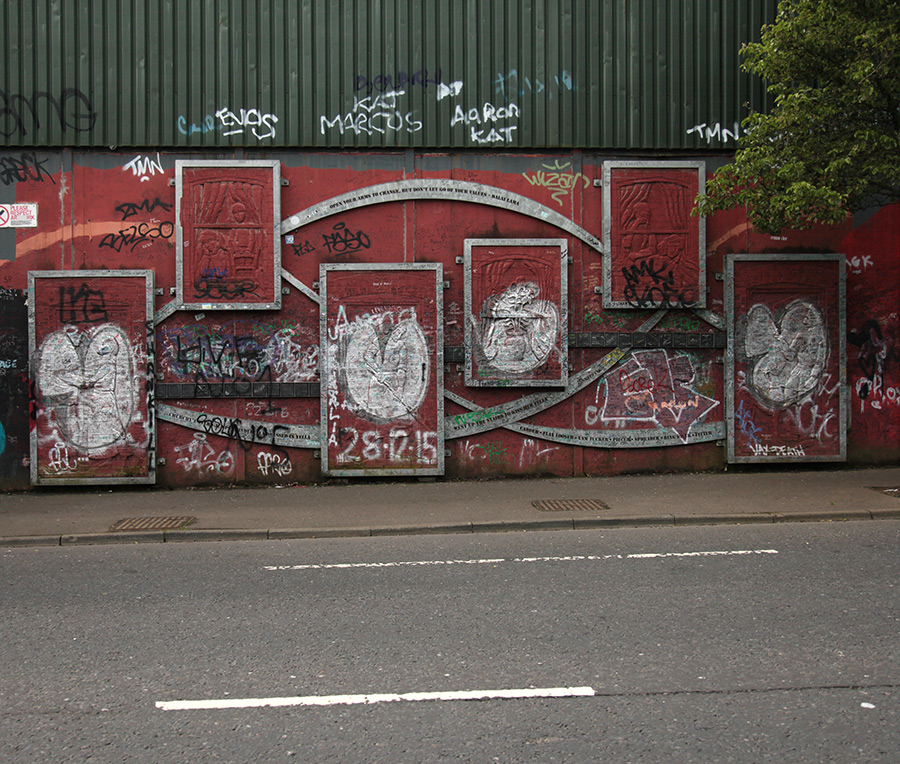
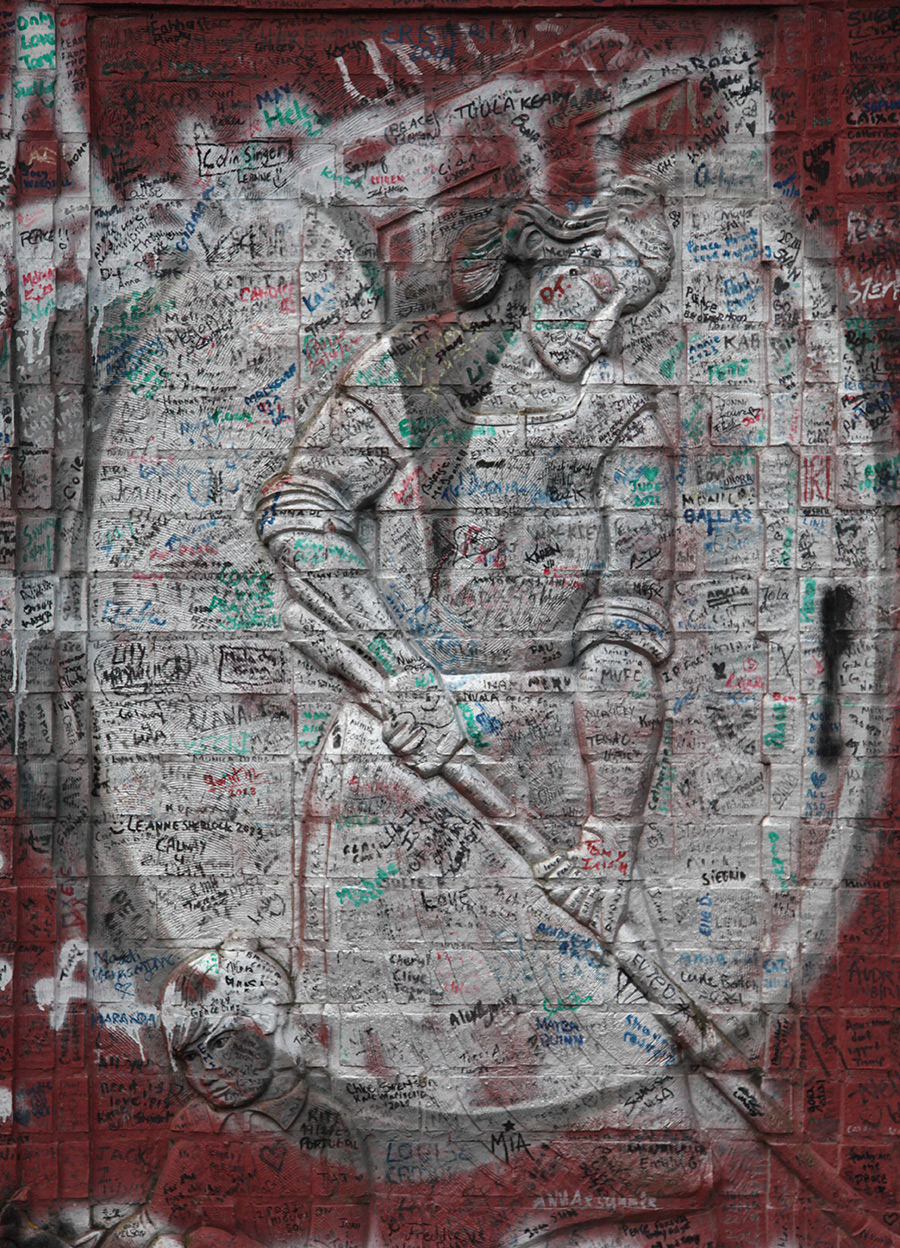
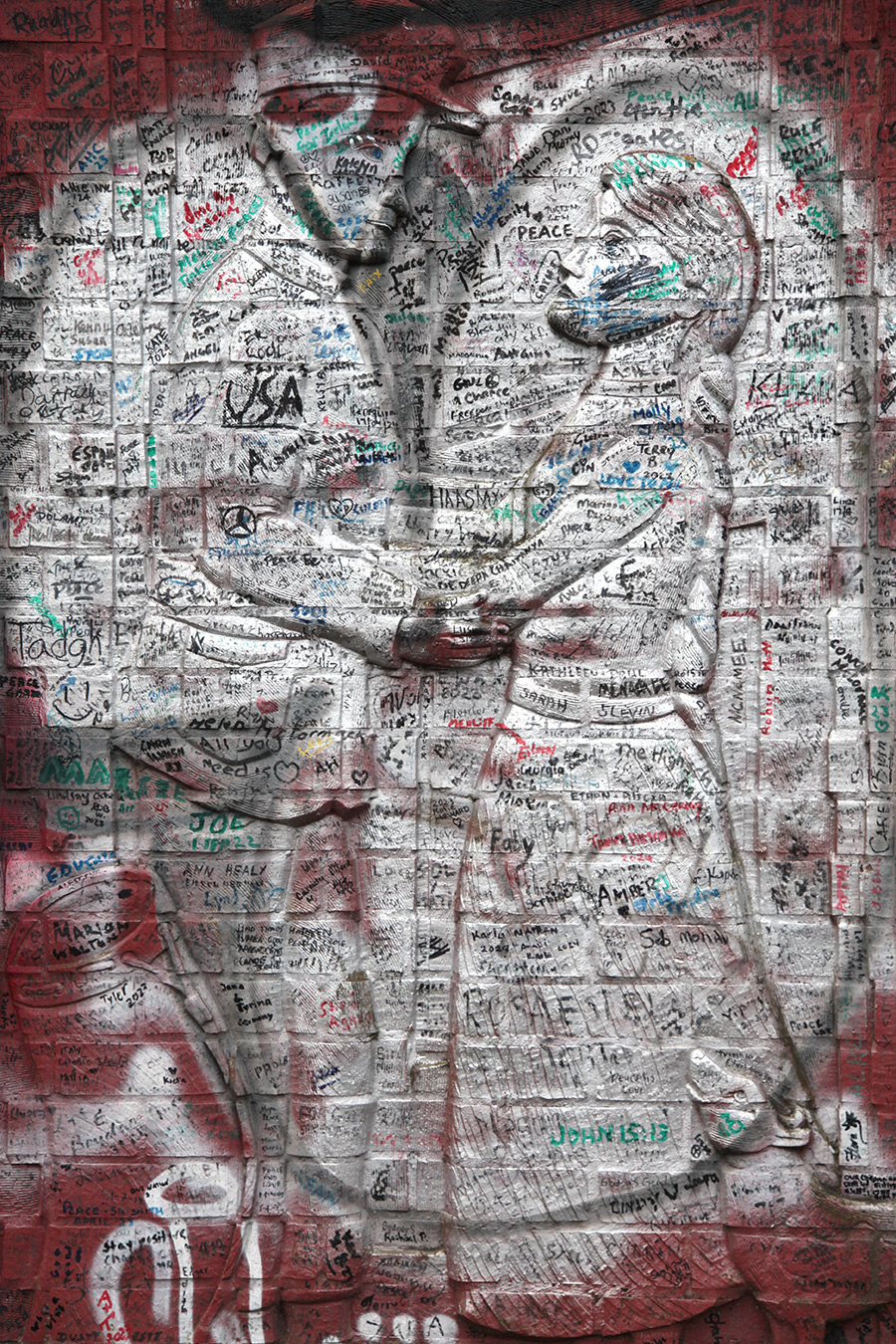
 BROOKLYN STREET ART LOVES YOU MORE EVERY DAY
BROOKLYN STREET ART LOVES YOU MORE EVERY DAY
